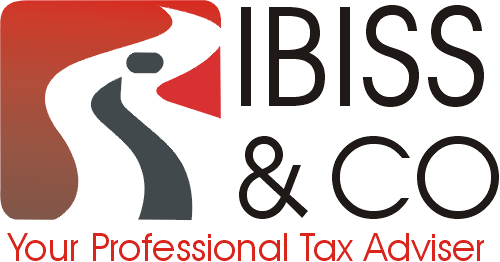The income and cash flow statements are significant elements of a company’s financial statement. The income statement monitors the financial performance of your firm and shows if your company made profits.
The cash flow statement tracks the cash sources of your company and how you use them over time. This blog will differentiate the two significant statements of a corporate balance sheet.
Income Statement
An income statement is the most commonly used financial statement that measures a company’s financial performance annually, quarterly, or monthly.
It illustrates the total expenses and revenue of the company, including non-cash accounting like amortisation and depreciation. It measures a company’s performance by evaluating the money earned, spent, and profit or loss incurred due to the expenses and revenue.
The income statement’s profit or loss, known as a net burn or net profit, is then used to compute cash flow from operations. The net burn or net profit is the first line item of the cash flow statement.
The income statement has two parts:
- Operating activities are relevant to the company’s day-to-day operations, such as distributing, selling, purchasing, and manufacturing goods and services.
- Non-operating activities are those involving the purchase or sale of foreign exchange losses or gains, interest, taxes, dividend payments, assets, and investments.
Cash Flow Statement
A cash flow statement can be annual, quarterly, or monthly. It shows all the outflows and inflows of your company throughout the time.
It includes all the changes on the balance sheet and current operational results, such as accounts receivable and payable. These non-cash accounting items, such as amortization and depreciation, aren’t added to corporate cash flow statements.
A cash flow statement helps assess a company’s short-term liquidity, viability, and ability to pay off its debts.
A cash flow statement has three sections:
- Investing activities show the sale and purchase of long-term assets such as investment securities, equipment, plant, and properties.
- Operating activities examine the cash flow by comparing net income to the cash used and collected in business operations.
- Financing activities represent the funds raised by borrowing from banks or selling bonds and stocks.

Looking for reliable financing and accounting services for small businesses in London? Rest assured, IBISS & CO is one of the best accounting firms in London. We can handle all your tax, payroll, and accounting matters.
We’re one of the leading accounting and tax specialists, guiding you in all your corporate accounting matters!
Contact us today for more information.




